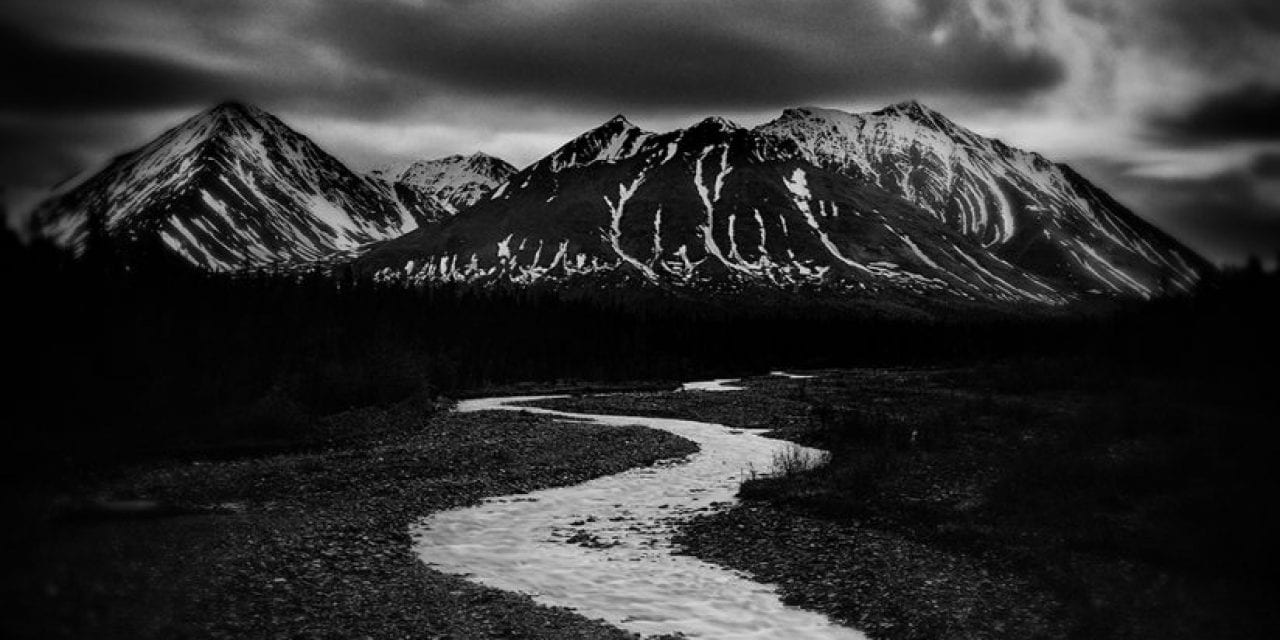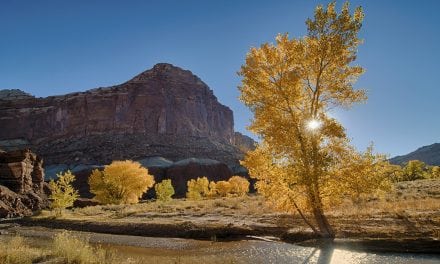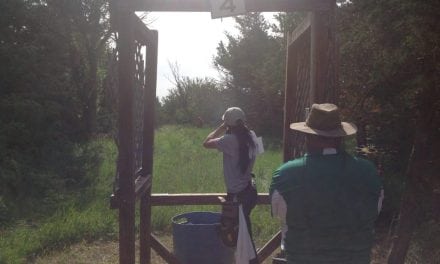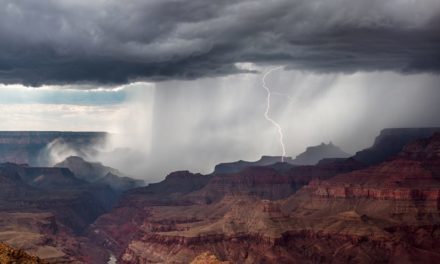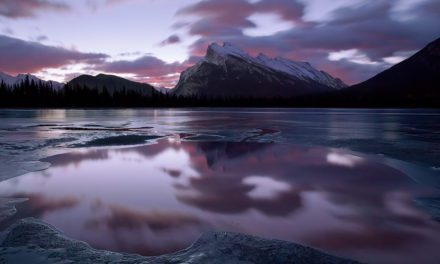At the very moment landscape photographer Marc Koegel steps outside to begin the search for his next photograph, he has already won. For him, success lies not in the trophy of the finished image but rather the process of being out in the world, camera in hand. It’s about the journey as much as the destination.
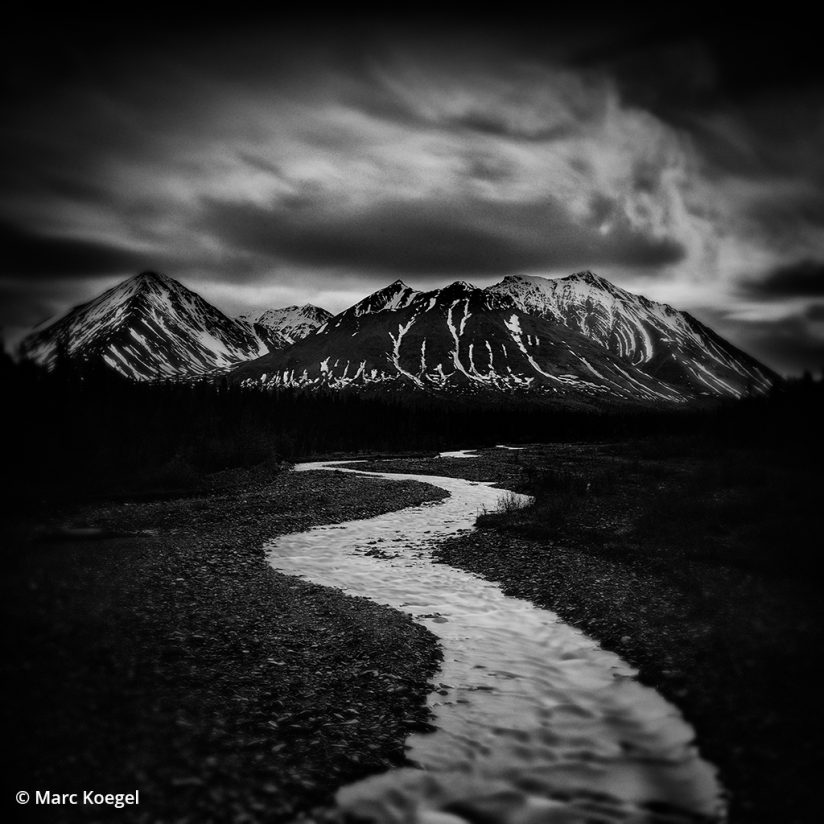
Yukon, Canada. “I’ve tested the extremes. I’ve done it fully mapped out every day: exactly what I’m going to be doing, pre-booked all my hotels, driving maps for every day. I think maybe that’s my German heritage coming through. And I’ve done it like, ‘OK, I’m not gonna plan anything, I’m just going to get lost here for a week.’ And I’ve now arrived at what I would call a happy medium. Because I’m excited when I plan a trip. I want to look at what’s there, so I can’t help myself but do a little bit of planning. But I make sure that I leave a lot of unplanned time. That allows me a sort of hybrid approach that seems to work very well for me.”
Phase One IQ3 100 Achromatic with Cambo WRS camera, 70mm Rodenstock lens. Exposure: 360 secs., ƒ/8, ISO 200.
“One local photographer,” Koegel explains, “he was sort of my mentor, and I still look up to him now, he said to me that once he’s taken a picture, he loses interest instantly. And he does that because for him it’s all about the experience, it’s not about the picture. It took me a while to feel the same way, to even understand what he meant. If I go somewhere for a week and I come back with no picture that I like but I enjoyed myself on the trip, that’s OK. The experience is even more important than the picture. Of course, it’s great if I have a good experience and I come back with pictures, that’s what we strive to do. But it doesn’t always work.”
Koegel possesses a healthy understanding of the necessity of failure on the path to success. It’s part of the reason his art remains unfettered by outside pressures. He is able to focus on shooting what he wants, how he wants because he has separated his passion from his profession.
Born in Germany, Koegel relocated to Canada to study economics more than 20 years ago. He had already found photography when he entered college but hadn’t seriously considered it as a career. Upon graduating, though, he decided to test it out. “After university,” he says, “sort of as a graduation gift for myself, I said, OK, I might take one year and give photography a try.”
Soon he was a full-time student of the medium. He began making long exposure landscapes using medium and large-format film inspired by the work of Michael Kenna. He worked as a commercial photographer, largely specializing in architecture, before eventually founding the Vancouver Photo Workshops. This allowed him to work side by side with and learn directly from master photographers from a variety of disciplines, including Greg Gorman, Jay Maisel, Joe McNally and Gregory Heisler. He still runs the workshops today, which is part of his recipe for success. It frees him to keep his work utterly personal and to follow where his vision leads.
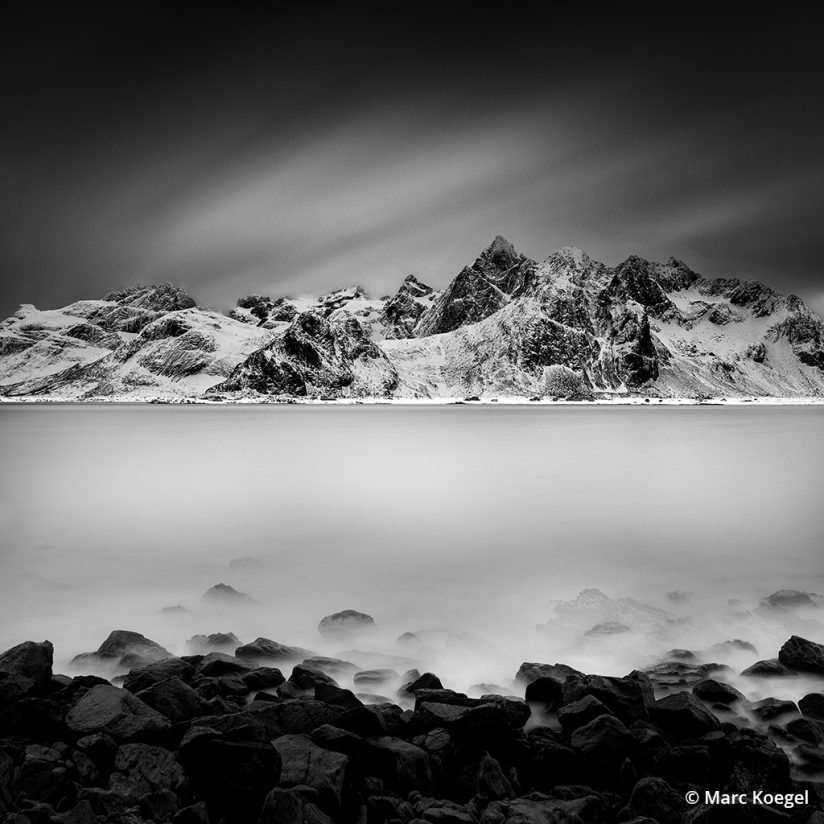
Lofoten, Norway. “The XF in particular has freed me up by being able to go back to handheld shooting. Even if I end up taking the final shot on a tripod, at the very least I’m able to walk the site when I first get there with the XF in hand.”
Phase One IQ4 150 Achromatic with Phase One XF camera, 40mm lens. Exposure; 120 secs., ƒ/58, ISO 200.
“Initially, it got me to explore the local area,” he says, “that I hadn’t really explored before. I just enjoyed it, and that’s why I did it. And then 10 years later, I looked back at my work, and I was like, ‘Wow, it’s all black-and-white, and it’s pretty much all long exposure.’ And I didn’t really mean for that to happen. It just happened organically because that’s what I was interested in.
“What helped is that I had absolutely zero expectations for income from photography,” he continues. “I was organizing these workshops for other people, so I could basically do whatever I’d like to do, and I took advantage of that. I didn’t try to go into a niche. Lots of people over the years tell me, ‘You picked up on this really popular niche and went into long exposure, and obviously you did that because there was an opportunity.’ I didn’t even think about that. I just enjoyed everything that came with being outdoors. But now, looking back, what I enjoy about both black-and-white and long exposure is the fact that it takes photography away from reality. It’s sort of two steps of abstraction. I like it if they go away from reality, so that keeps me in black-and-white. And long exposure, we don’t see the world like that. Because of that, it’s kept me fascinated.”
Koegel’s preferred methodology involves in-depth study of locations. And while visiting new places is always exciting, he relishes being able to return again and again for meaningful exploration. Some of his favorite places include the Nordic countries, Norway and Iceland in particular, as well as Japan.
Shooting Monochrome Only With The Phase One XF IQ4 Achromatic
Considering he is a photographer for whom the journey is so important, it may be surprising to learn about the equipment Koegel chooses. In an age when photographers en masse are downsizing to smaller and lighter kits, he has made the opposite choice: a medium format digital system. “It sounds stupid,” he says, “but once you know what they can do, it’s tough to get back to another camera.”
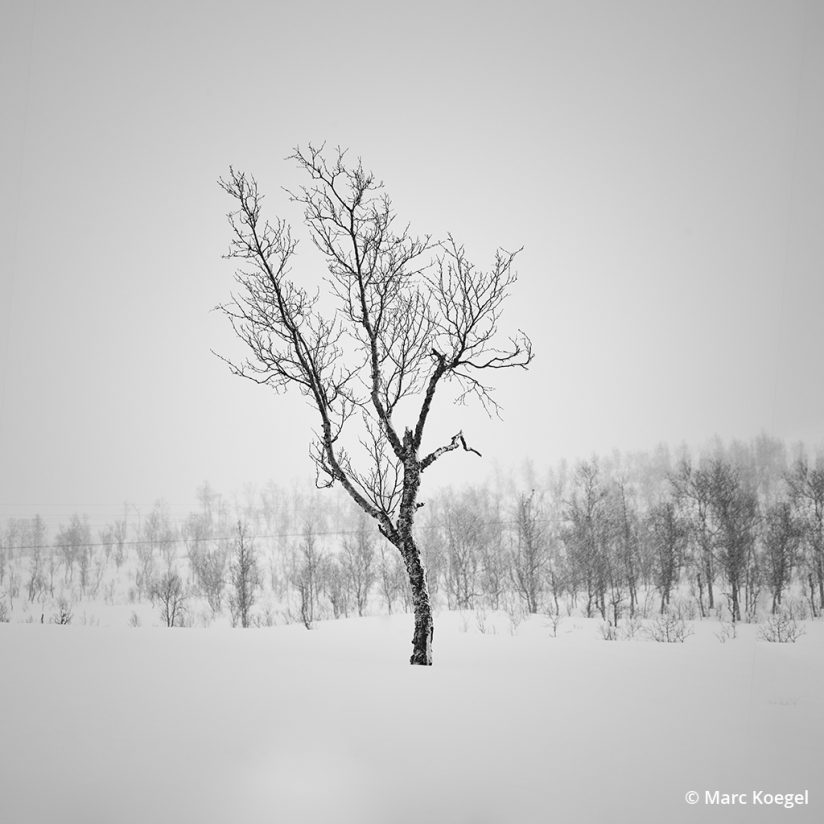
Senja, Norway. “When people see me with this camera, they always say, ‘Well, it must be so difficult to use it, all these features on it and all that.’ Quite honestly, it’s one of the simplest cameras to use. And a joy in the straightforwardness. Sure, it’s slow, but I really appreciate slow. I like a slow workflow. And if you do landscape photography, it’s not like photojournalism where you need to be quick. I can afford to take some time, that’s fine. And that makes me enjoy being in the outdoors and setting up the camera. I’ll be at a location for four hours walking around trying different competitions, but it’s not a race. I’m not trying to be efficient at that, I’m trying to enjoy myself while shooting. So really a camera that is not the world’s fastest autofocus, I couldn’t care less. It’s actually enjoyable if it takes a little bit of time because then you go through it methodically.”
Phase One IQ4 150 Achromatic with Phase One XF camera, 75mm lens. Exposure: 1/125 sec., ƒ/5.6, ISO 800.
Koegel uses the Phase One XF IQ4 150-megapixel Achromatic digital back on a Phase One XF camera body, occasionally switching to a Cambo WRS technical camera. Cumbersome as it may seem, this atypical choice actually provides further evidence of the photographer’s devotion to experience. It’s ultimately about producing the best image quality, but the system also requires him to slow down and work a bit more methodically than a DSLR or mirrorless camera would. Still, he bristles at the idea that the XF is a studio camera.
“No,” he says, “I don’t think that at all. In fact, I think it’s kind of made for landscape photography. I would go as far as to call it a tripod camera, but even that I’ve started to prove wrong. It used to be that medium format cameras needed to be tethered, and they were very, very slow, and they didn’t have autofocus. But it is fully sealed; I’ve had it completely soaked. It goes for a good amount of time on a charge. You have all the conveniences. You certainly have autofocus, but you have focus stacking, you have bracketing. Everything is built-in; it really works well. You just have to carry it.”
Perhaps the IQ4’s most notable feature is that it is achromatic—meaning it produces a grayscale image. So from the moment he switches it on, Koegel is seeing his compositions as they will appear in his finished prints: in beautiful black-and-white.
“So why this camera?” he asks. “Part of the answer is, sure, it is incredible image quality, incredible resolution, and I do make prints. And that’s one of the reasons I got the IQ4—because everyone wants large prints. Having the ability to go 50×50, I’ve even done 50×100, that’s why I’m doing it. Otherwise, it’s not worth it.
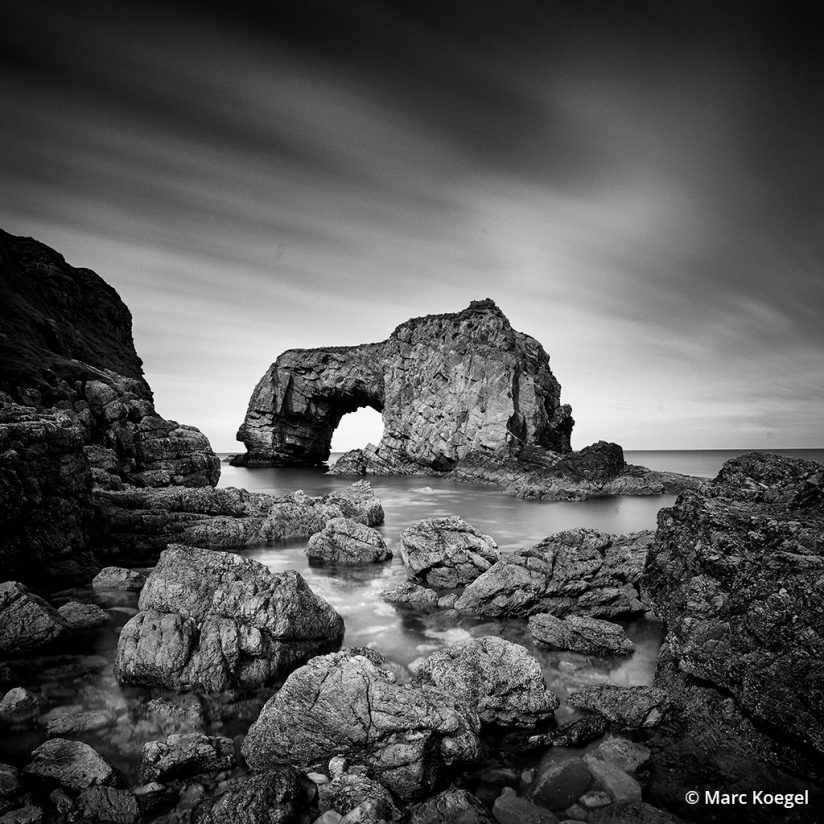
Ireland. “I think everyone has a certain desire to look at something new, right? And I think it can energize us. I think it can be exciting, going a place that you’ve never been. However, what I do is, I try to go to somewhere new every year, at least one new location, but then I really ask myself, ‘Is this exciting enough? And if it’s, you know, a seven out of 10, I happily go back to an earlier place. I think a lot of landscape photographers might have a bucket list that is like, you know, 50 countries. And I’ve realized I will never make it to 50 countries. And I’d actually happily rather go to 10 countries but do them in-depth. I find that once you skim the surface, it’s exciting. And you get some good shots, but it’s much more interesting to go deeper and go there a second time, a third time. And I would rather go back than find a new place. You find new places when you go back, too.”
Phase One IQ280 with Cambo WRS camera, 23mm Rodenstock HR lens. Exposure: 480 secs., ƒ/8, ISO 50.
“But the other reason is very huge. What made me pull the trigger is that it is a black-and-white-only camera. I had a 5-year-old Phase with 39 megapixels, and now you can get more in a mirrorless camera. I had that for a long time because I loved the tech camera. I wanted to be able to have the tilt and shift, and I liked that camera, and in order to run that camera I needed a digital back. I was happy with that, but it was a color back, and I had to convert to black-and-white. And then this black-and-white-only came out, and I just felt like, ‘Wow!’ To me, it clears the path. Because if what you’re trying to do is black-and-white, color is a distraction.”
To many, ignoring color information at the moment of capture may seem like a limitation, but to Koegel it is a benefit. “I’m not sacrificing that at all, actually,” he explains. “It just means that you’re going back to more of a film-like workflow. I do put on a red filter before I take a picture, and we can argue what’s more convenient. Sure enough, sometimes you want to darken the sky quickly, and you can do that with the blue slider. I can still darken the sky; I put on a red filter, and if that isn’t enough, I go into Photoshop to make a selection and darken the sky. I’m really not sacrificing any information. The color doesn’t give me more information. I think that’s a little bit of a myth. In fact, I’m getting more information because I’m just capturing luminosity.”
“Coming back to [idea of] photography being an experience to me,” Koegel continues, “the workflow is ‘I want to end up with a black-and-white picture, so why not take a black-and-white picture in the first place?’ It’s a limitation, right? Like I’m limiting myself because I see a beautiful sunset, and I can’t get that color. However, I can do very good black-and-white pictures, so let’s just focus on that. That’s what I mean. It takes away the cloudiness of ‘Let’s take a color picture and then convert it to black-and-white and see how good it looks once I convert it.’ It gives me the least friction.”
With the XF system, lens options are limited compared to DSLRs, but Koegel’s needs are minimal. “I get a lot done with the 40-80mm zoom,” he says. “And I have a 150mm. If I’m in a place like Iceland where you do have so much expanse of the landscape, then it’s kind of nice to be able to use some compression. I would want to have a lens that gives me the compression ability because that’s not something you can really get afterwards. For 90 percent of what I do, the 40-80mm does a really good job. And it keeps things simple.”
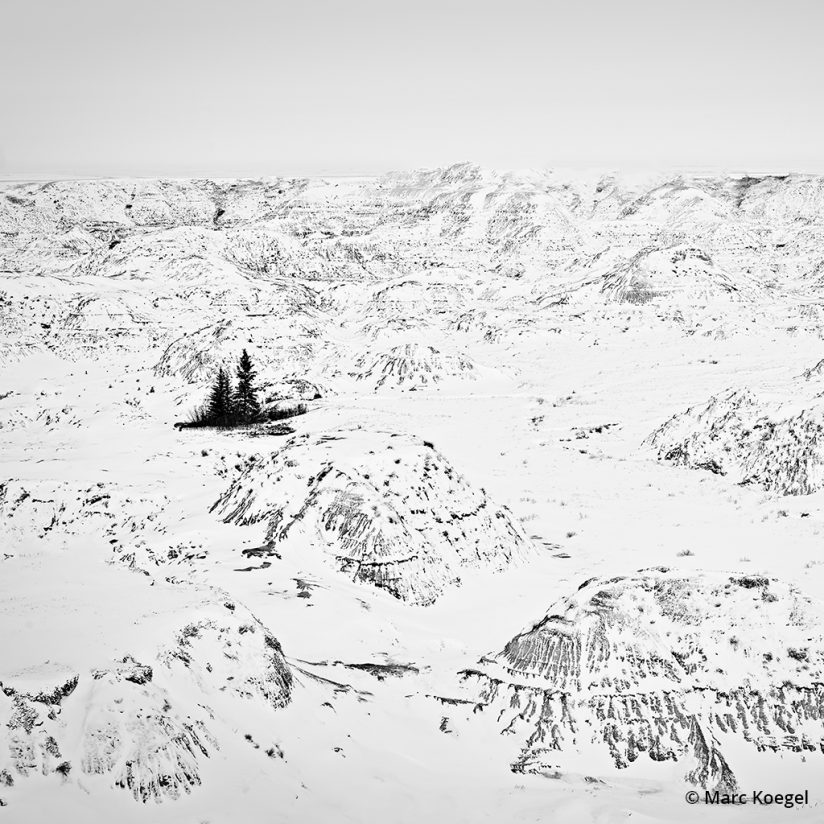
Drumheller, Alberta, Canada. “I’d like to think that I’m accomplished enough as a photographer to realize that gear certainly isn’t everything. So I don’t really even want to be known as the guy that happened to be able to afford such a camera and now thinks that he’s the greatest photographer because he has this expensive camera. I think that it’s almost like a responsibility to have this because I want to convince people that it’s not the camera.”
Phase One IQ3 100 Achromatic with Phase One XF camera, 80mm lens. Exposure: 1/1000 sec., ƒ/6.8, ISO 200.
The downsides of the XF and IQ4 include size and weight, as well as price. And while the RAW image files are huge, Koegel says his MacBook Pro running Capture One is more than capable. “I like to work on laptops when I’m on a trip,” he says. “That’s one of the things I like about digital is that it actually can provide you with some motivation in the field. You shoot it, you’re excited about it, you come home that night and look at it right away. I love that about digital, and I want to be able to do that. Especially if I go to a place that I know, I liked it so much I want to go back the next day, it’s nice to see what you’ve done and then evaluate for the next time I go there, what would I do, or did this work, or whichever.
“The good thing is that Capture One—which I use because Lightroom doesn’t read my RAW files—is lightning fast,” Koegel continues. “Faster than Lightroom. I have the 15-inch MacBook maxed out, and if you max it out, you can fairly comfortably work on these files. It’s doable, even on a laptop. Very, very doable.”
“I know they say it’s 15 stops of dynamic range,” he says, “which is the same as what they say about some DSLRs, but what this camera does is, I take a picture, and if I underexpose it, overexpose it, or basically any mistake I make, I can correct. And I can crop, and I still have a massive file. It becomes very forgiving. It sometimes makes me almost feel a little bad because there’s so much ability to recover from mistakes that you wouldn’t get on other cameras.”
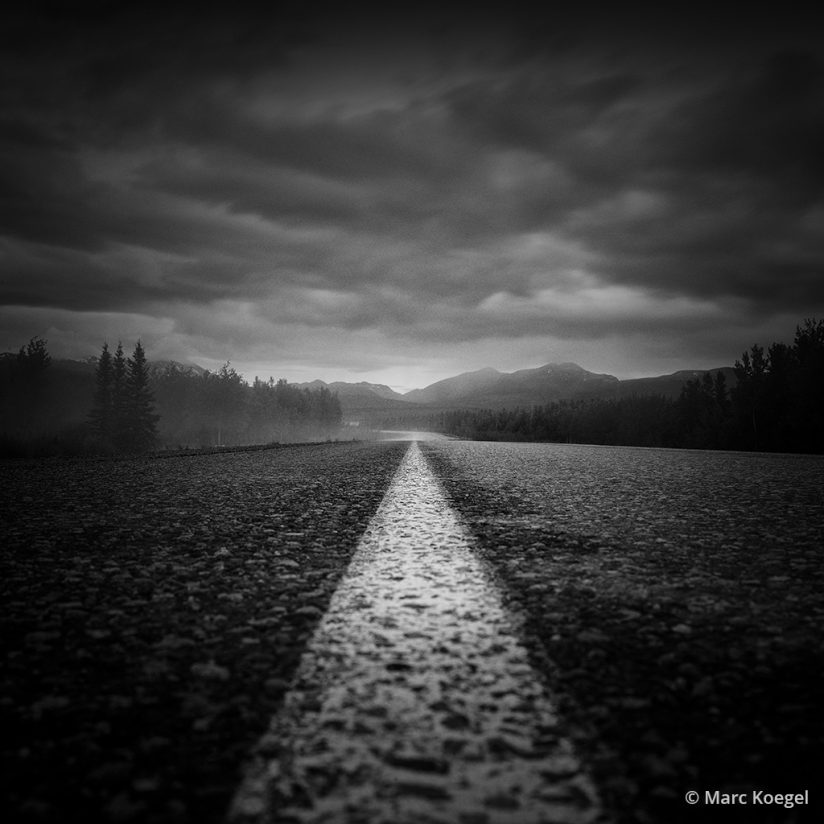
Location: Yukon, Canada. “I think it’s important to understand that it [using a medium format camera and back] really isn’t that inconvenient. It’s inconvenient if I use my Cambo because it’s manual focus. But even that is not inconvenient because when I had my old back before, I did not have live view, so I had to focus with a laser distance measure, and then I would focus, and then I would take pictures and look at the back of the camera and then change my composition based on that. And then I would check if I was actually sharp. It was way, way, way inconvenient. Now it’s actually quite shockingly convenient. The only thing is that it’s heavier. There’s no way around that.”
Phase One IQ3 100 Achromatic with Cambo WRS camera, 23mm Rodenstock HR Lens. Exposure: 26 secs., ƒ/11, ISO 200.
“The only ‘unforgiving-ness’ is the sharpness,” Koegel adds. “That’s the thing that you cannot miss. It looks sharp on screen, and it still looks sharp on a 16-inch print, but when I zoom in I know if it’s not in focus because I’ve seen how sharp it is when you do get it. That’s the biggest challenge: to be sure to get it sharp.”
See more of Marc Koegel’s work at marckoegel.com.
The post The Clearest Path To Black & White appeared first on Outdoor Photographer.

